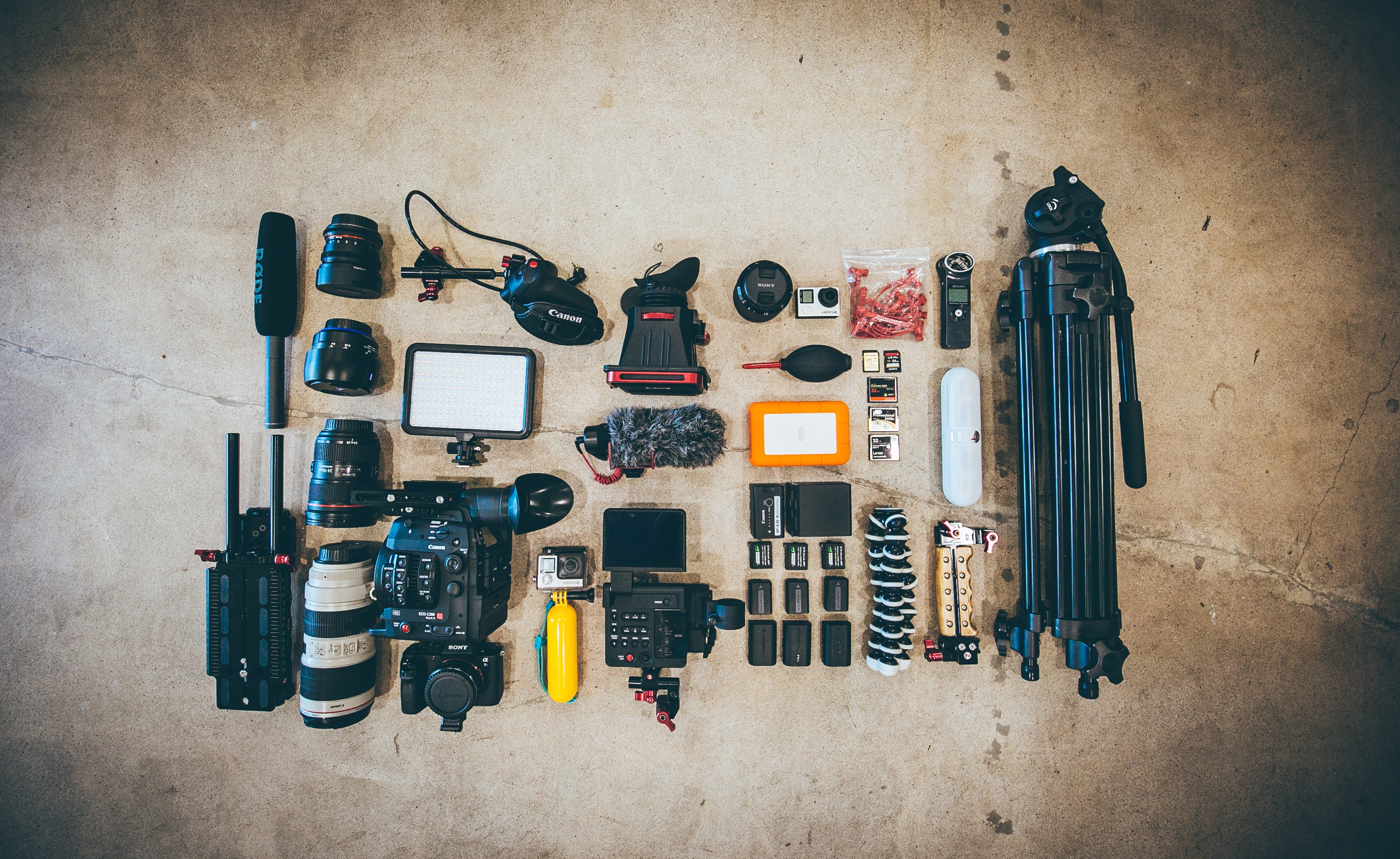
BoxCast Team • May 23, 2018
Now that you’ve started to stream, you may have run into a few words or terms that you’re unfamiliar with.
Having a solid grasp on industry vocabulary will help you navigate the technology available to you, troubleshoot potential issues and improve the overall quality of your streams.
Below you’ll find definitions of some of the most frequently used and important streaming terms.
Bitrate refers to the rate at which audio and video data, compressed into packets (defined below), is sent from a streaming device to a streaming service’s CDN (defined below).
It’s important to distinguish bitrate from resolution (defined below). While video resolution is largely determined by the camera’s capabilities itself, video bitrate is the amount of data that a streaming device can send. Both, however, affect your overall stream quality.
Also called an Ethernet cable, these high-speed cables are the most popular form of network cable used on wired networks. In video streaming, these types of cables are recommended over connecting wirelessly because of the large amount of video data that must be transmitted during a stream.
A CDN (Content Delivery Network) is a means of efficiently distributing content around the globe. It helps offload the burden of serving content (video files, web pages, etc.) from a single server to a large network of distributed servers.
Composite refers to an older analog video standard that typically carries standard-definition video over a RCA connector and associated cable.
Also called a Cat 5 / Cat 6 Cables, these high-speed cables are the most popular form of network cable used on wired networks. In video streaming, these types of cables are recommended over connecting wirelessly because of the large amount of video data that must be transmitted during a stream.
HDMI (High-Definition Multimedia Interface) cables are standard for connecting high-definition video devices, including what you use to send the video signal from a camera to the BoxCaster. HDMI cables can send video and audio signals together, preventing the hassle of using multiple cables for a single audio-visual production.
An Internet service provider (ISP) is an organization that provides services for accessing, using, or participating in the internet (e.g. Comcast, AT&T,etc.). In video streaming, your ISP provides you with the bandwidth that you use to stream your content.
Latency is the more accurate term for “delay”; it refers to the difference in time between something that happens in real-time and the display of that image on a viewer’s screen. For more information on what determines latency in live streaming, read Wait For It....This Is Why Your Live Stream Lags.
Packets are the most basic unit of information transport in modern computer networks.
When data is sent from one place to another on the internet, it is broken up into packets and routed to its final destination. Each packet might use different routes through the internet to its destination. When they have all arrived, they are reassembled.
This is the failure of one or more transmitted packets to arrive at their destination. It occurs at some point between when your live streaming encoder sends its data and when the data is supposed to be received by the server.
Resolution refers to the number of individual pixels (the smallest element of an image) that make up the full video screen.
Specs like 4K, 1080i, 1080p, 720p, 480i, 480p, etc. all refer to the video resolution that a camera (or other video source), can record and output.
In the case of 1920x1080, the image captured is 1,920 pixels wide by 1,080 pixels in height. The larger this number, the more detailed and clear your stream will be.
Though an HD-SDI (High-Definition Serial Digital Interface) cable is functionally similar to an HDMI cable (defined above), it has certain advantages that make it a more reliable and trustworthy connector, especially when using higher-end video equipment.
HD-SDI cabling will actually lock into ports on a device, preventing the connection from becoming dislodged. Another feature of HD-SDI cabling is that it can run for up to 300 meters before needing an extension to preserve the signal, while HDMI cables can only run for 30 meters before needing an amplifier or repeater.
Upload speed (or bandwidth) refers to the rate at which you can send data (or upload) to the Internet via your ISP.
When streaming, the rate of sent information is typically measured in Mbps (Megabits per second). If your network’s available upload bandwidth is less than the bitrate at which you’re sending your stream, you will start to see packet loss (defined above) in the stream.
A video mixer is a device that allows you to incorporate multiple cameras or multiple video signals (powerpoint slides, pre-recorded commercials, etc.) into your broadcast. A user manually switches between the various devices to produce a more sophisticated broadcast. Only one signal is then sent to the BoxCast hardware to be streamed. Mixers can come as a hardware solution, software solution, or both. We talk about a few of them here: The Best Live Streaming Equipment for Every Level.
With all these new words under your belt, you're well on your way to becoming a streaming expert. You might want to check out our Buyer's Guide for Live Streaming.
Image Source: hiroaki maeda via Flickr
© 2025 BoxCast. All Rights Reserved. | +1-888-392-2278